SUMMARY
This is AI generated summarization, which may have errors. For context, always refer to the full article.

MANILA, Philippines — “Oh, I just really love Colombian coffee!” “I can’t live without my household stock of fresh Ethiopian coffee grounds.” “Excuse me, do you have any single-origin Indonesian coffee beans available?”
Coffee connoisseur talk. Bean there, overheard that.
As a caffeine junkie myself, I think I’ve got enough basic knowledge to be able to differentiate a good, aromatic cuppa with just the right kick from a bad one with all froth but no substance. But with the vast array of caffeine terms and tricks out there, it’s easy for a coffee simpleton such as I to get lost in a latte of that bean noise.
So, what’s the fuss with these beans from Nicaragua? Or why the clamor for Indian coffee by hardcore drinkers?
I was brought up to speed by Nespresso, who launched their 5 new Master Origin flavors from Ethiopia, Colombia, Nicaragua, Indonesia, and India. I enjoyed an intro to the world of coffee, an in-depth lesson on their 5 master beans, and post-event heart palpitations (those I didn’t enjoy so much.)
To the caffeinated and the curious, it’s time to perk up and take a sip of this steaming cup of coffee knowledge!
Ethiopia
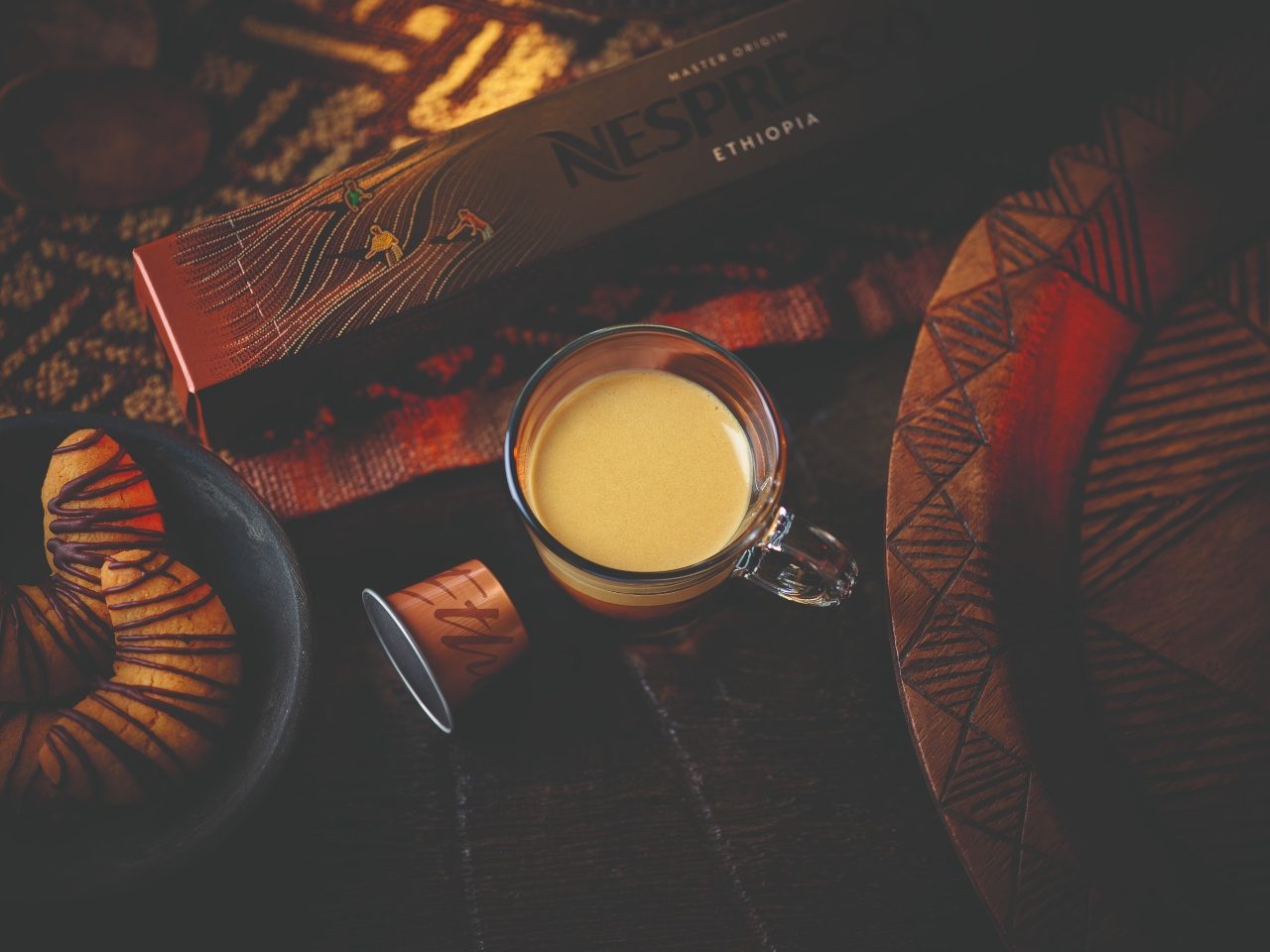
TASTE: Ethiopian beans are all the rage with non-heavy coffee drinkers because of its mild, bright, and fruity notes. It’s aromatic (somewhat flowery), light on the tongue, and balanced, which makes it an approachable and friendly first-timer choice. It’s high in acidity, which gives a zest to its flavor profile and doesn’t linger too long in your mouth.
Ethiopian coffee is made of Arabica beans, which are one of the two major coffee beans in the world. Arabica is known to be slightly sweeter with a softer, lighter taste, because of its high acidity levels.
PROCESS: Ethiopian beans come from the even-drying process of western Ethiopia. The local farming community of this major coffee capital meticulously rakes the land every hour, which allows each coffee cherry to dry in the sun. After harvest, the beans are dried for weeks so they can fully absorb, and then offer, the cherry’s delicately fruity, bright flavors that many love.
INTENSITY: The range of intensity for coffee is from 1-12, with 1 being the mildest, and 12 being the strongest and most intense. Ethiopian coffee gets a safe 4 on this scale.
The barista suggested we take a whiff of its scent pairing, which helps each drinker to experience the coffee’s taste better and fuller. For Ethiopian coffee, it was sweet mandarin fruit jam.
Nicaragua

TASTE: Nicaragua coffee is known to be a crowd-favorite sweetie, packing indulgent notes of sweet cereal and the comforting taste of honey. It is described as harmonious and well-balanced — almost similar to a well-baked dessert.
It’s also a flavorite among avid coffee drinkers who prefer something silky, smooth, and lightly-roasted, plus its sweet flavor profile makes it an excellent partner to warm milk. Care for a Nicaragauan cappuccino or latte? Yes please.
PROCESS: The special method done in the high foothills of western Nicaragua involves leaving the black honey Arabica beans out to dry in the sun for weeks, carefully turning them every day, allowing the bean to dry in its natural fruit layer and soak up all those natural sugars.
INTENSITY: This was a 5 on the intensity level, just one notch higher than Ethiopia’s.
Nicaragua’s scent pairing was a few pieces of honey cereal.
Colombia
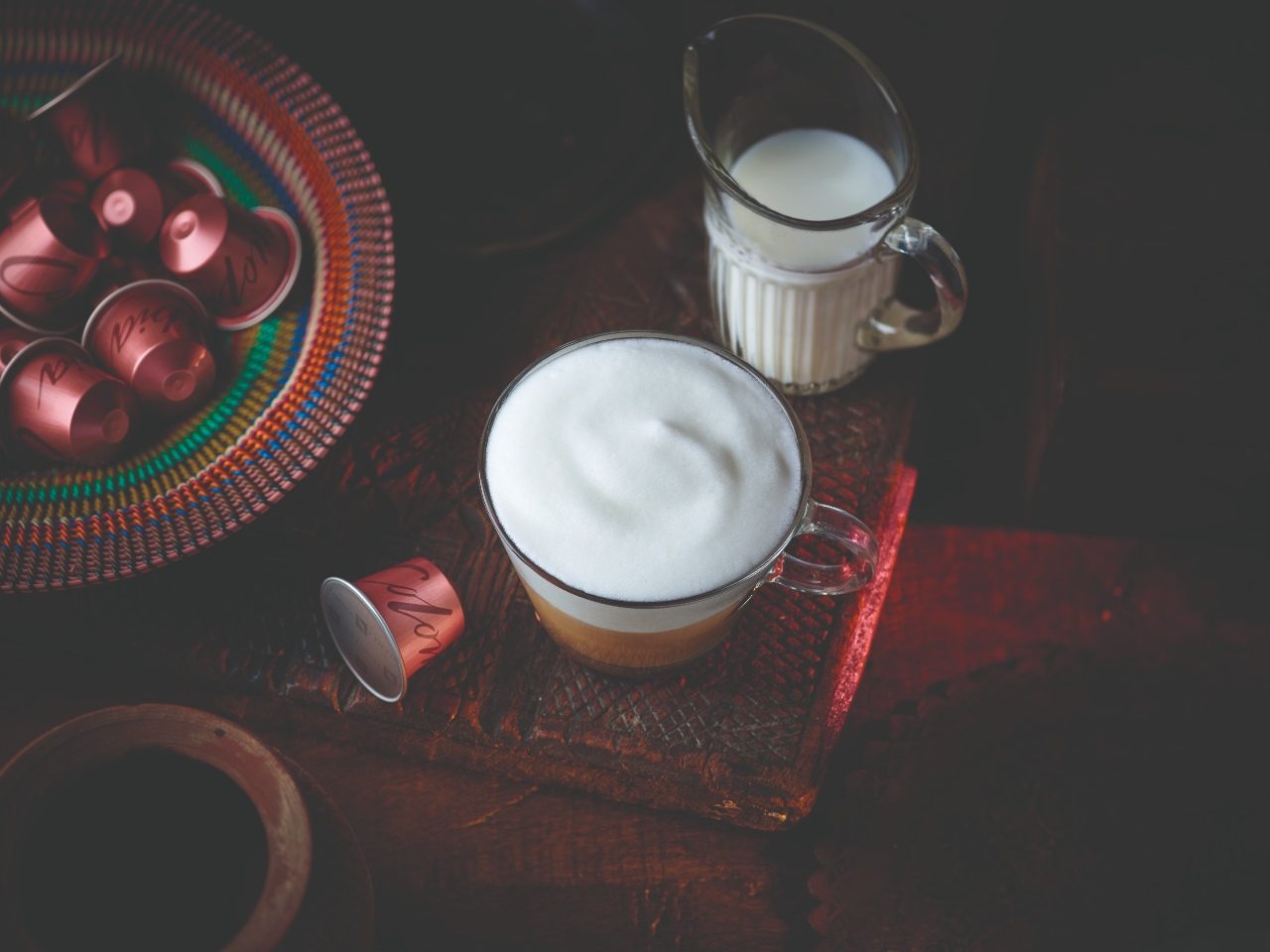
TASTE: Coffee that tastes similar to wine? Wine not. Colombian coffee is known for its fruity, wine-like notes, boasting a vivacious, bold zing of red fruits and berries, similar to your favorite spirit. It’s medium-bodied and has a citrus-like acidity, but still rich-tasting and smooth, thanks to the high-end Arabica beans.
PROCESS: The typical harvest time of each bean is pushed to its very limit – they stretch out harvesting until each coffee cherry is so ripe that it turns the exact shade of deep purple.
INTENSITY: This is a 6, a good medium-bodied choice for those looking for the right balance between strong and mild.
This was paired with the scent of dried cranberries and blackberries.
Indonesia

TASTE: Reminiscent of a staycation in the mountains or the comfort of fall, Indonesian coffee bears woody flavors, with notes of cured tobacco, cedar wood, and cocoa. Its exotic, earthy, and comfortingly tropical.
Although it is a bit stronger in intensity, it carries a rich, velvety body, which makes this slightly chocolate-y Arabica brew indulgent enough to enjoy with milk.
PROCESS: Indonesian coffee uses a traditional local wet-hulling method from northern Sumatra. This method was in response to the country’s humid tropical climate, which creates the coffee’s distinct, tropical taste.
INTENSITY: This gets an 8 on the intensity scale. Those sensitive to caffeine, think twice.
Its scent pairing were wood bark and dried tobacco leaves.
India

TASTE: Spicy, full-bodied, complex. It’s a triple threat! With its heavy notes of star anise and woody spices, Indian coffee is the most intense of them all. Its complex profile is heavy-bodied, very aromatic, and unusual, which makes it a go-to for adventurous palates and those craving for the taste of coffee to linger just a little bit longer in their mouths.
Junkies trembling for their next big caffeine fix tend to gravitate towards Indian coffee, since the brew is made of robusta beans, which are the stronger kind. (Fact: Robusta packs twice more caffeine than Arabica.) It’s mixed with 5% Arabica though, to add some subtleness to its finish.
Its scent pairing consisted of the wildly aromatic star anise.
PROCESS: The monsooned robusta beans are exposed to India’s strong wet winds very carefully and then to the fierce Indian heat for months. In return, a strong, intense character is cultivated.
INTENSITY: Of course, this reigns as a powerful 11. Would you dare?
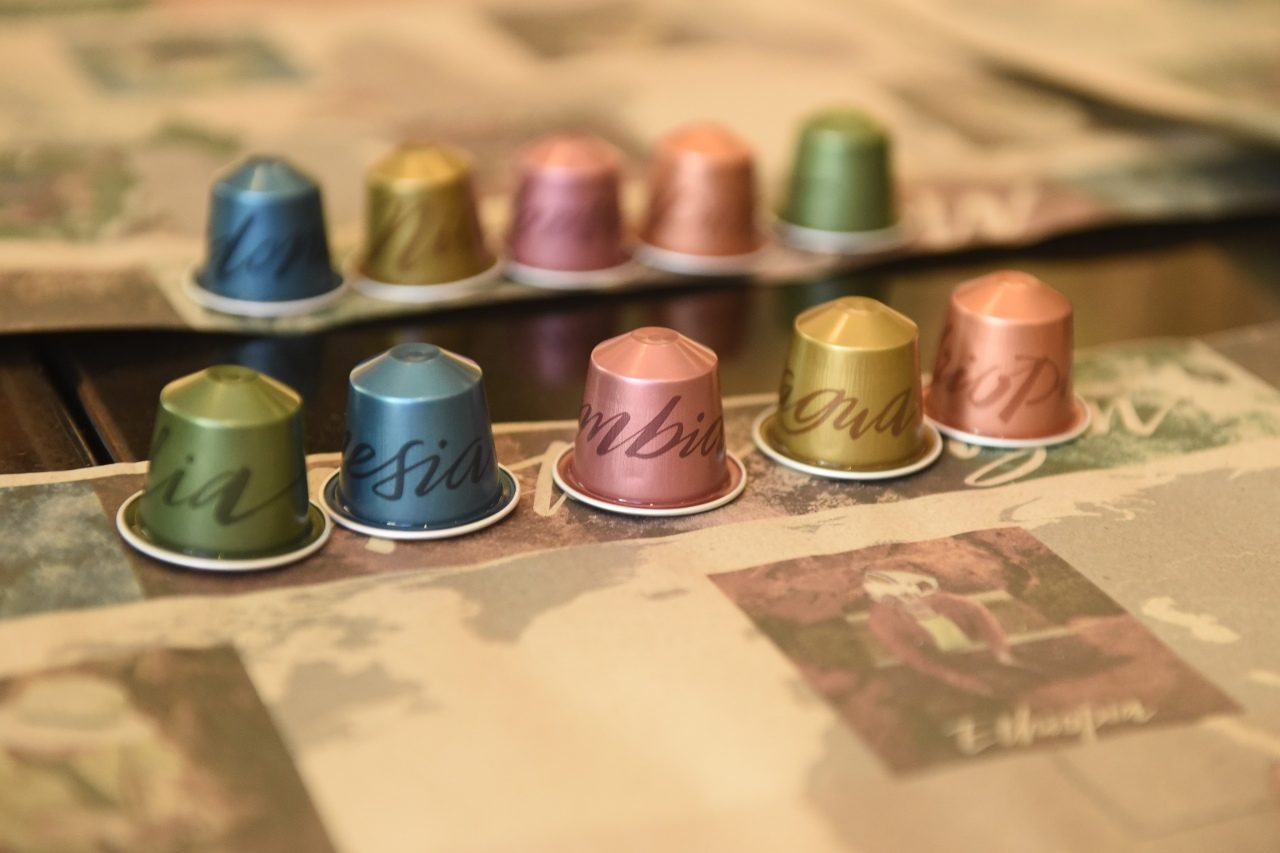
Which brewtiful bag of beans would you take home? —Rappler.com
Add a comment
How does this make you feel?

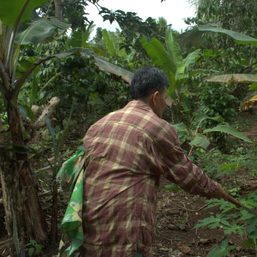


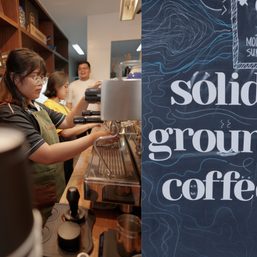
There are no comments yet. Add your comment to start the conversation.